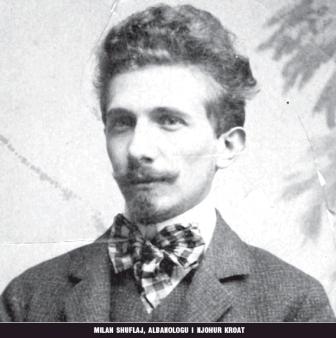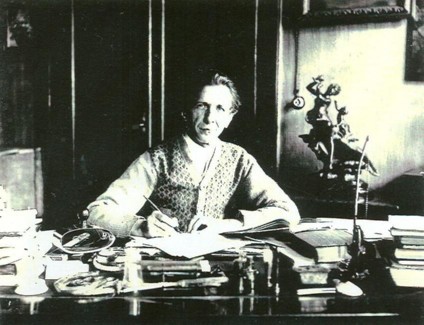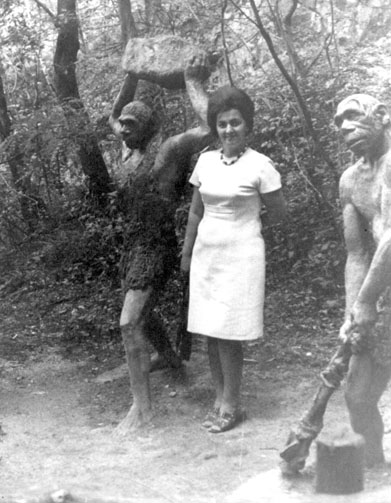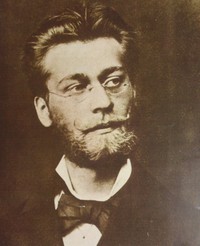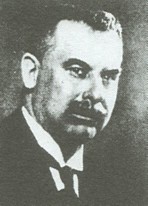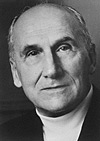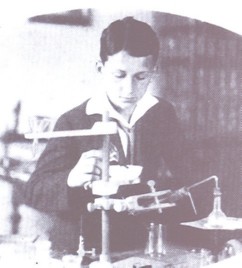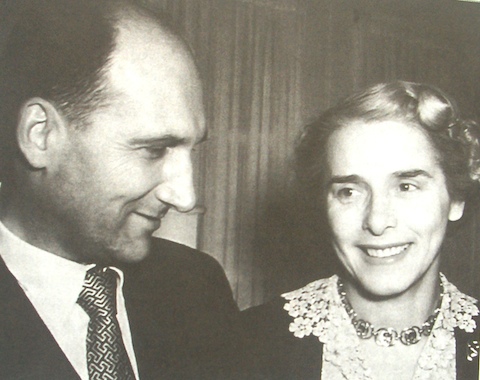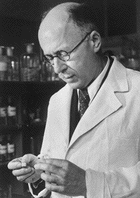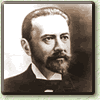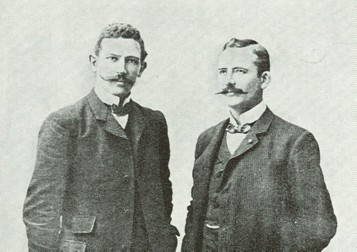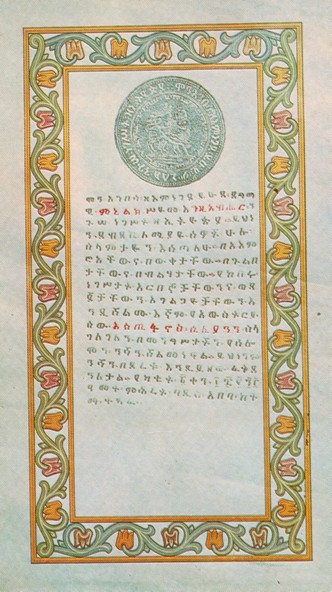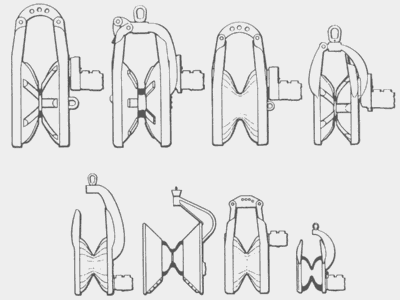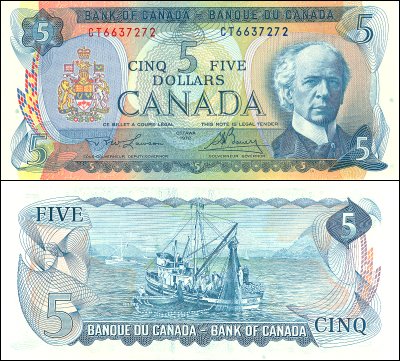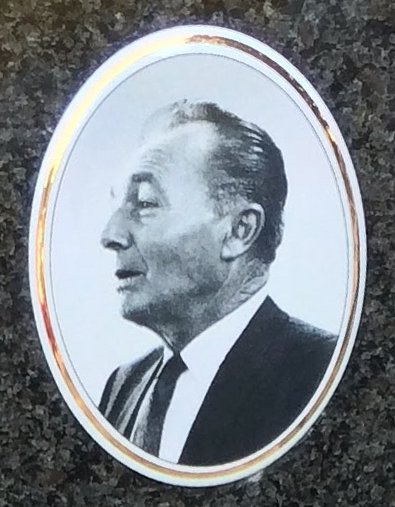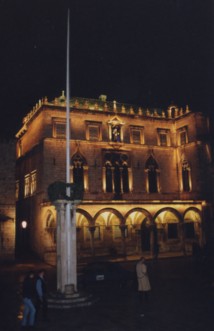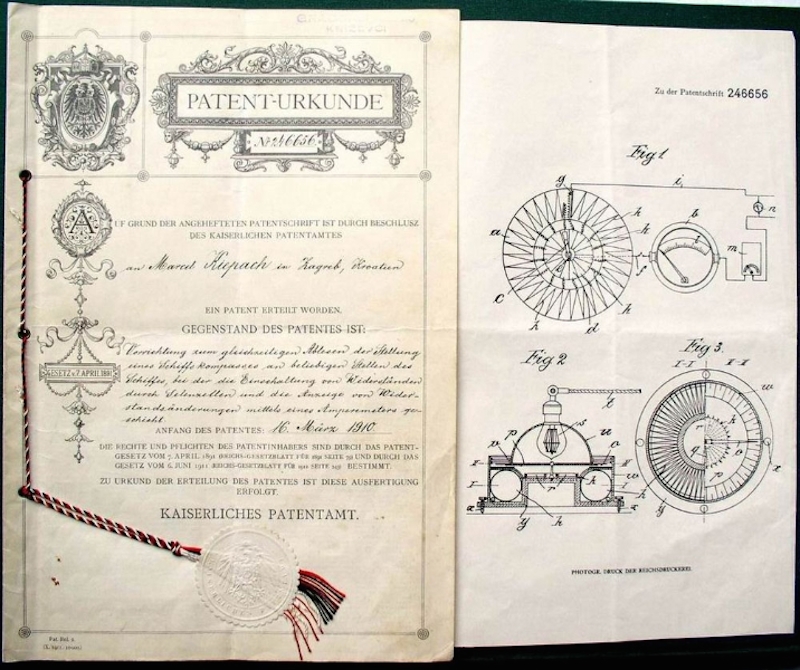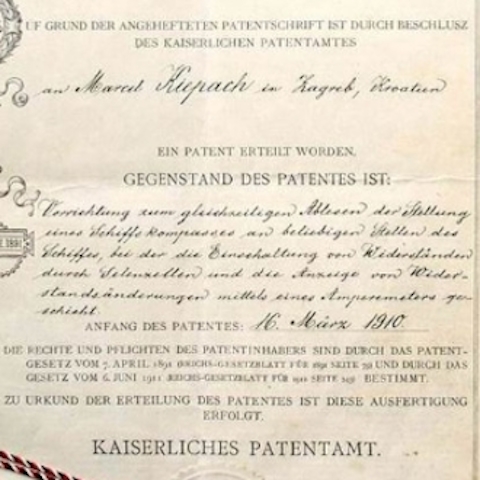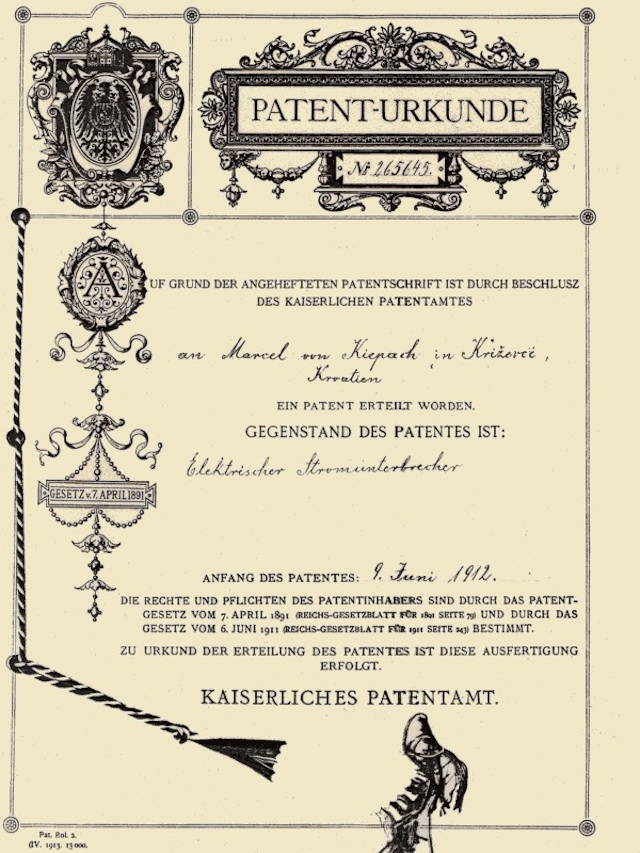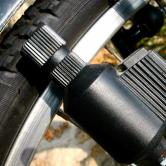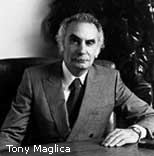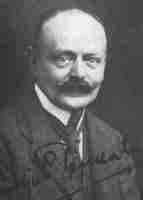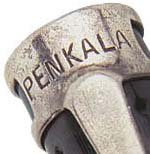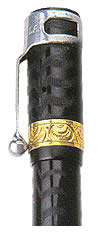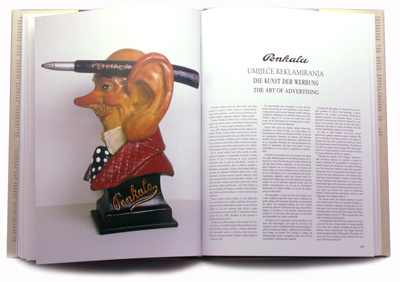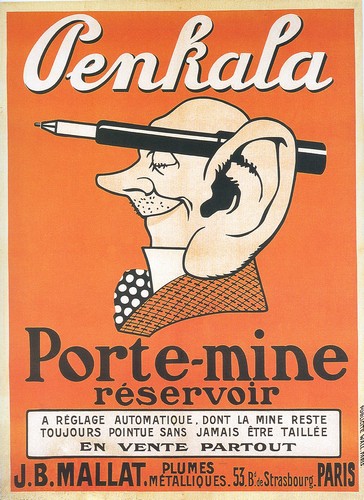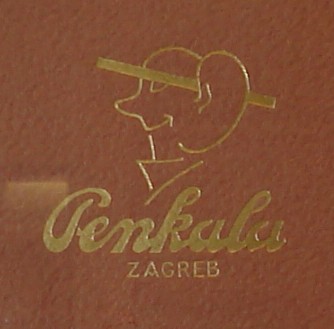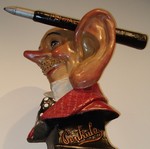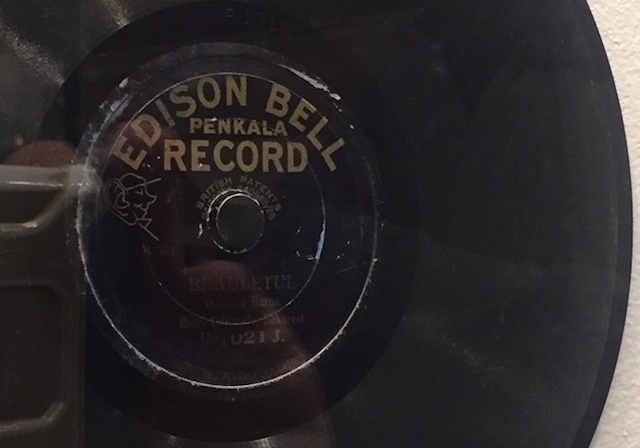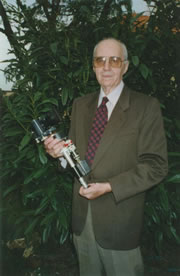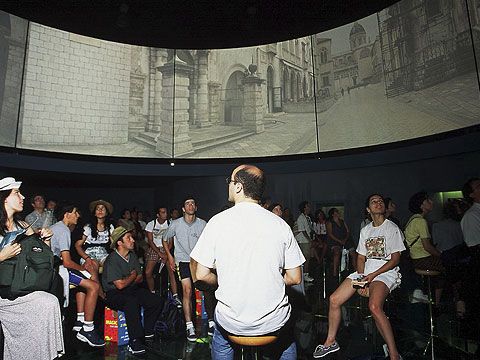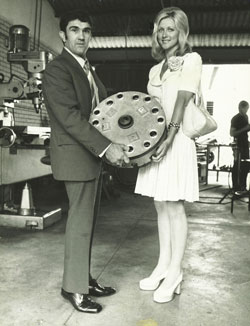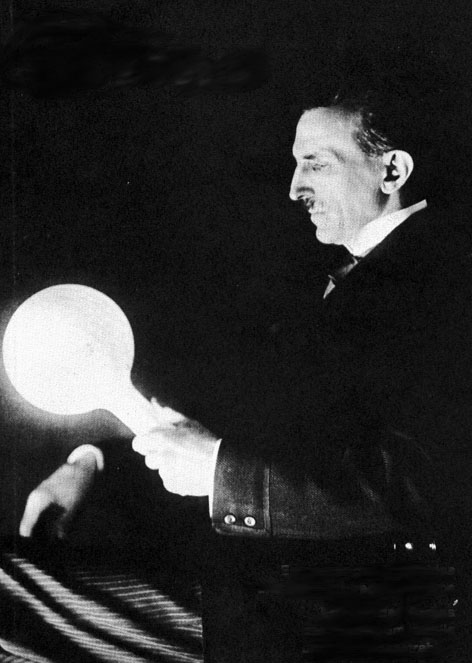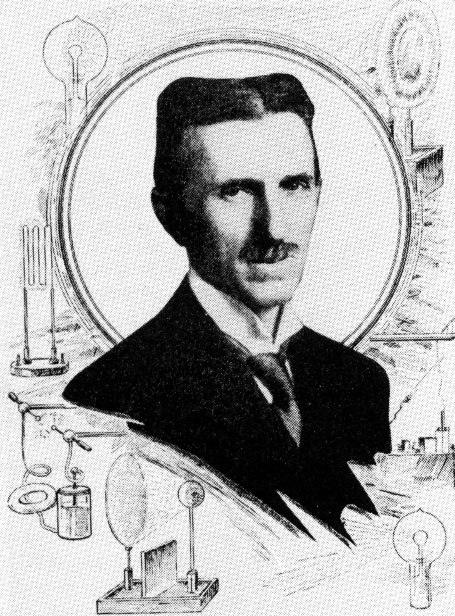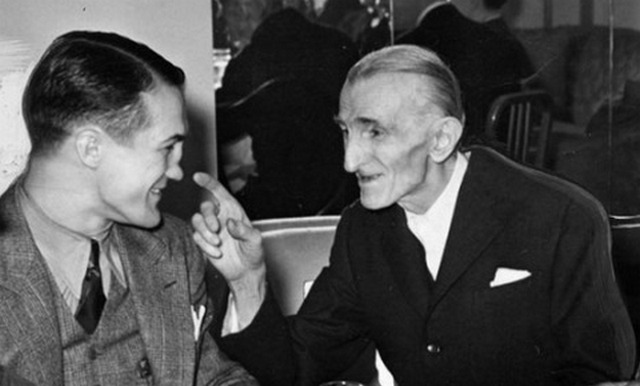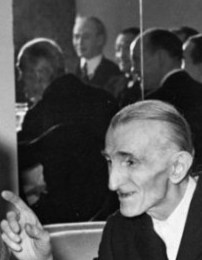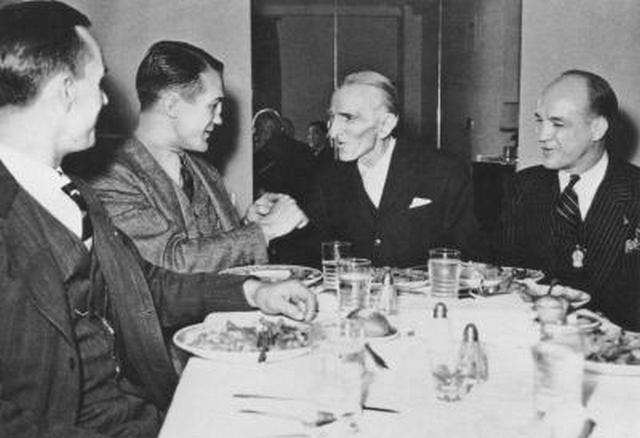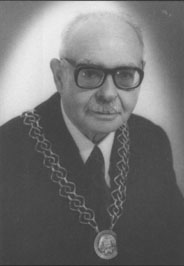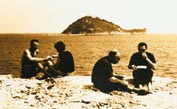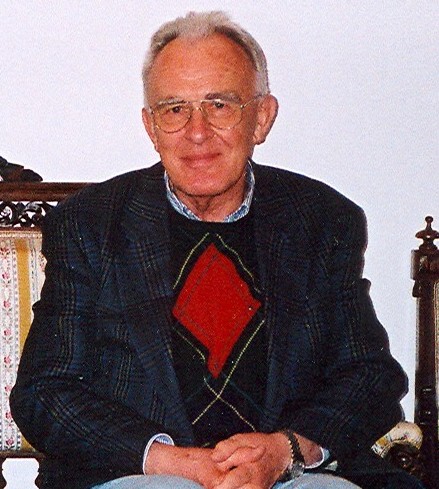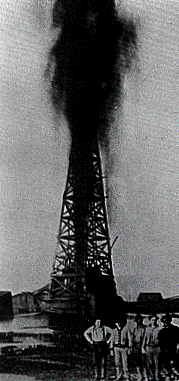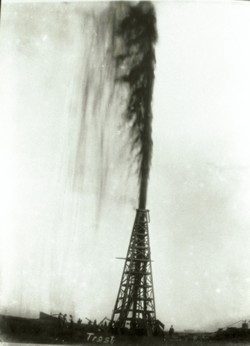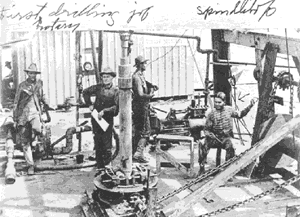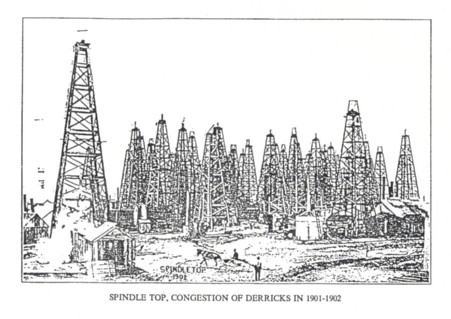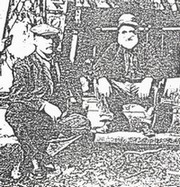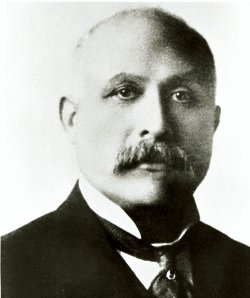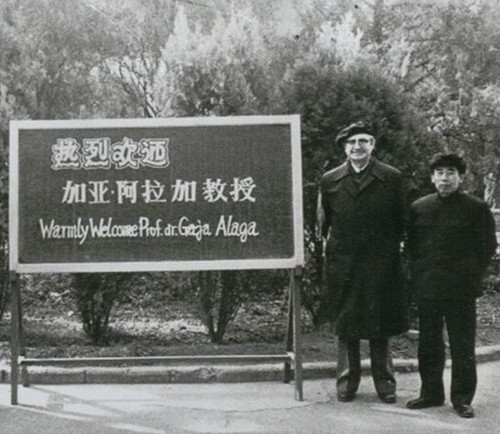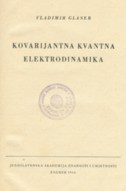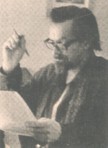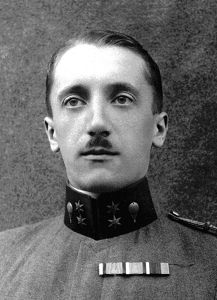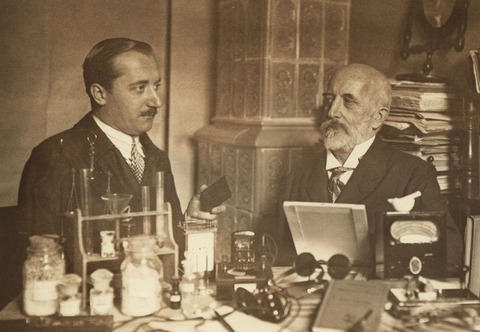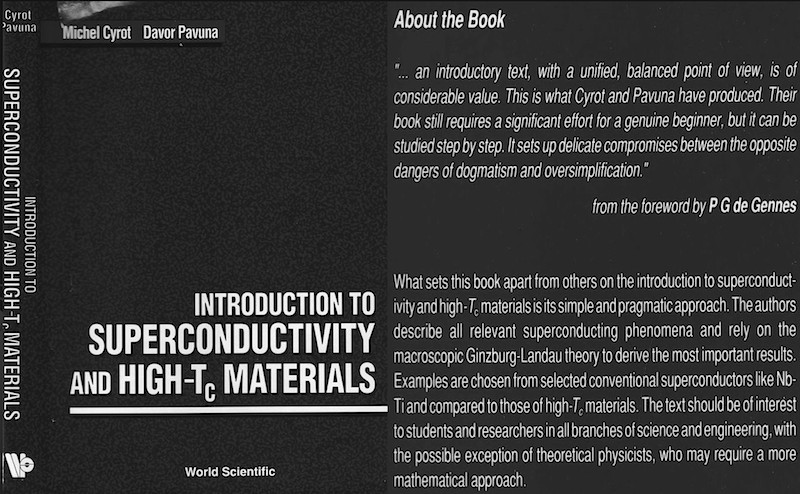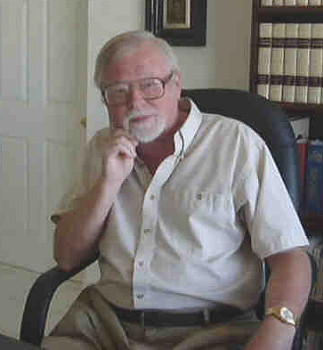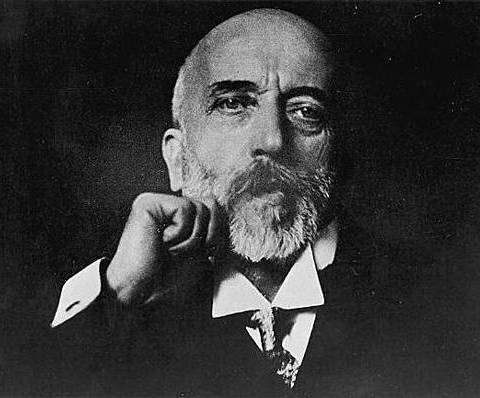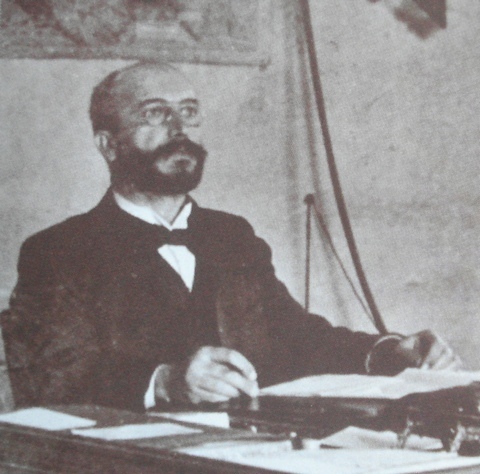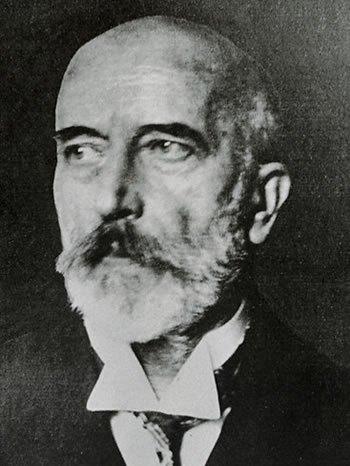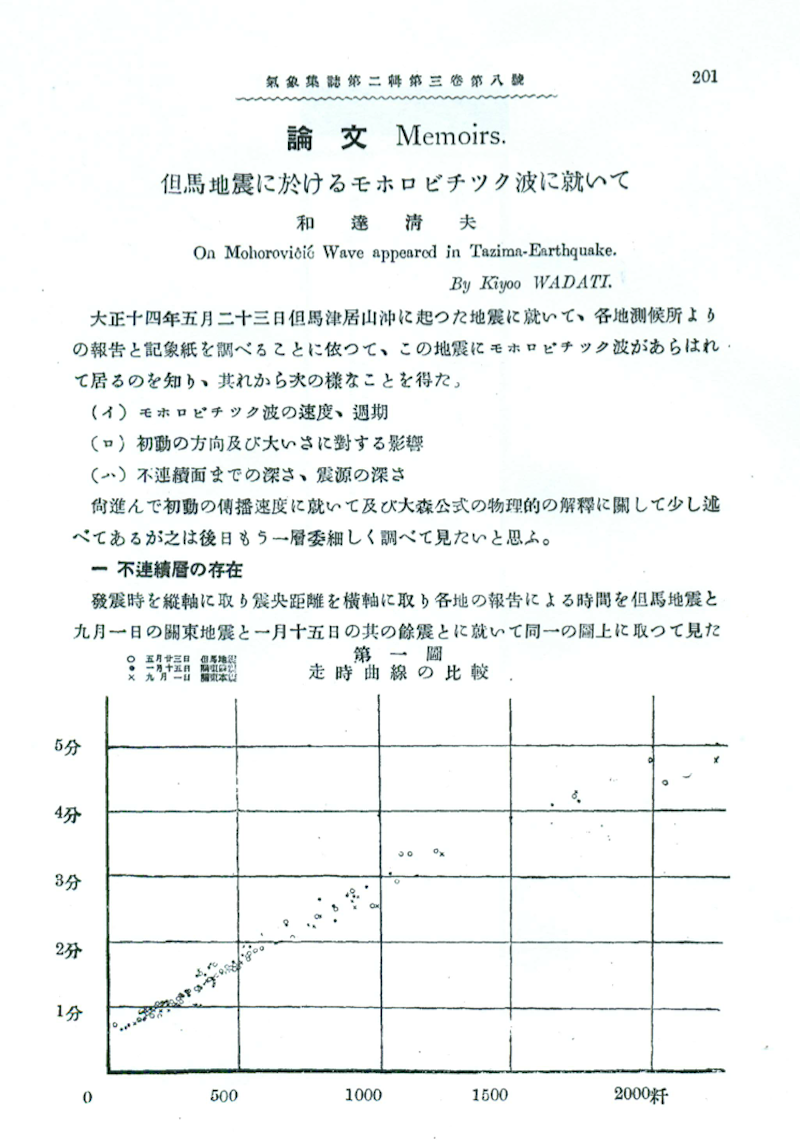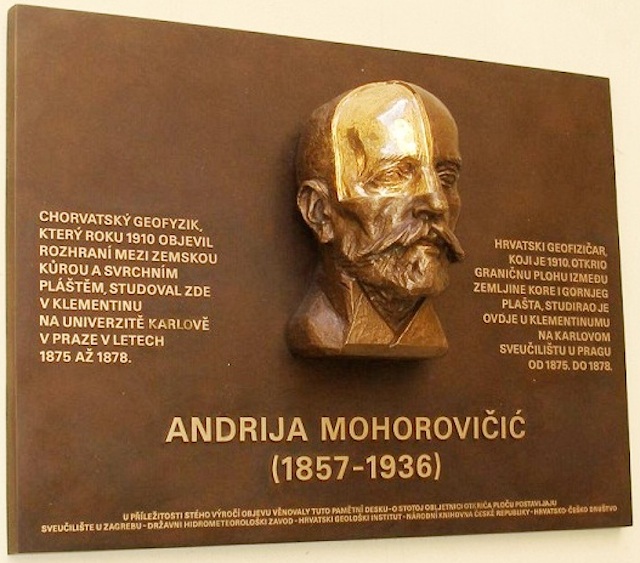William Feller
William
Feller (Vilim, Willy, Willi,
1906-1970) is a well known name among mathematicians dealing with
probability theory. He was born and educated in Zagreb as Vilim Feller,
where he studied mathematics for two years (completing 4 semesters out
of 8), and then in 1926 continued his studies at the University of
Göttingen. By the end of the same year, at the age of 20, he
defended his doctoral degree in mathematics. Göttingen at that
time the strongest mathematical center in the world besides Paris.
He
was a professor at the Universities of Kiel, Copenhagen, Stockholm,
Lund, Providence, Princeton etc., a member of many scientific
organizations. More than 150 mathematical notions bear his name, and
here are just a few of them: Feller's
process, Feller's transition function, Feller's semigroup, Feller's
property.
He is best known for his monograph "An Introduction to Probability
Theory
and its Applications", Volumes I and II, on 1153 pp., translated into
Russian, Chinese, Castilian, Japanese, Hungarian and Polish. They are
considered among the best
mathematical textbooks written in the 20th century. At the
International Congress of Mathematicians held in 1958 in Edinburgh,
William Feller gave a plenary talk "Some new connections between
probability and classical analysis."
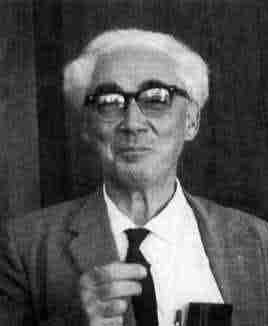
For
more information see William Feller
(photo by Paul Halmos).
Feller was among
those
who initiated issuing the important Mathematical
Reviews journal, and was its
first executive editor (1944-1945). He worked with von Neumann, one of
the creators of modern computers. Feller was awarded the National Medal
of Science of the USA in 1969. He was in touch with his relatives in
Zagreb, as well as with his colleagues at the University of Zagreb.
Joseph Doob, a
renowned
American mathematician, wrote about Feller the following:
Those
who knew him personally remember Feller best for his gusto, the
pleasure with which he met life, and the excitement with which he drew
on his endless fund of anecdotes about life and its absurdities,
particularly the absurdities involving mathematics and mathematicians.
To listen to his lecture was a unique experience, for no one else could
lecture with such intense excitement. No one could generated in himself
as well as in his auditors so much intense excitement. In losing him,
the world of mathematics has lost one of its strongest personalities as
well as one of its strongest researchers.
Vilim Feller,
extensive biography, with emphasis on his life in Zagreb, Croatia

Ferdinand
Feller, the
eldest brother of Vilim
(William) Feller
(1906-1970), is the author of the graphic sign of the Croatian optical
industry Ghetaldus, named after Marinus Ghetaldus, that is,
after
Marin Getaldić. Photo by D.Ž. in
the city of Rijeka. See also Elsa
fluid.
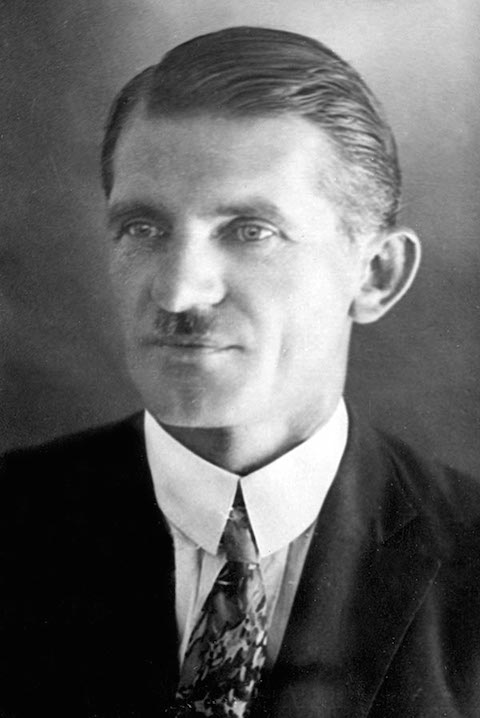





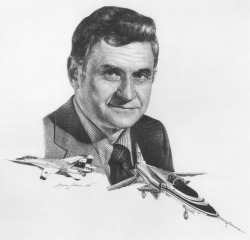
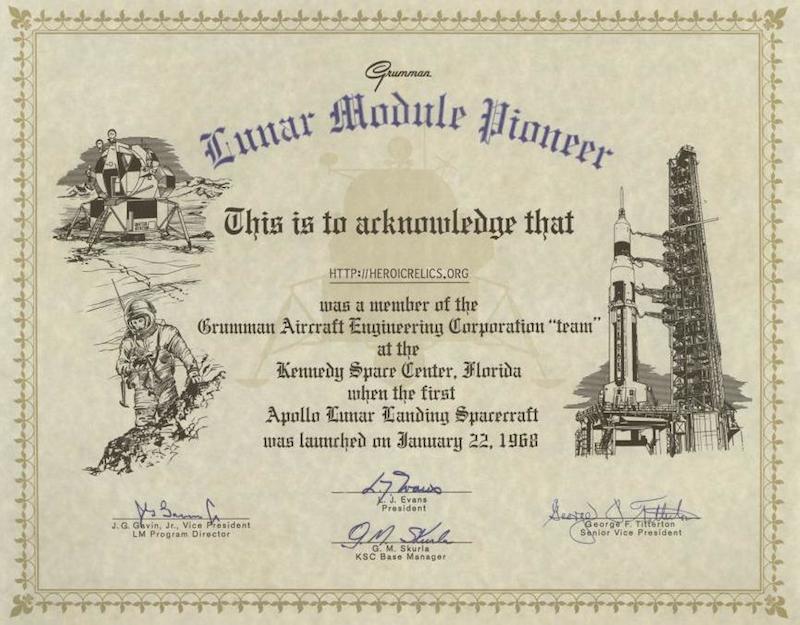

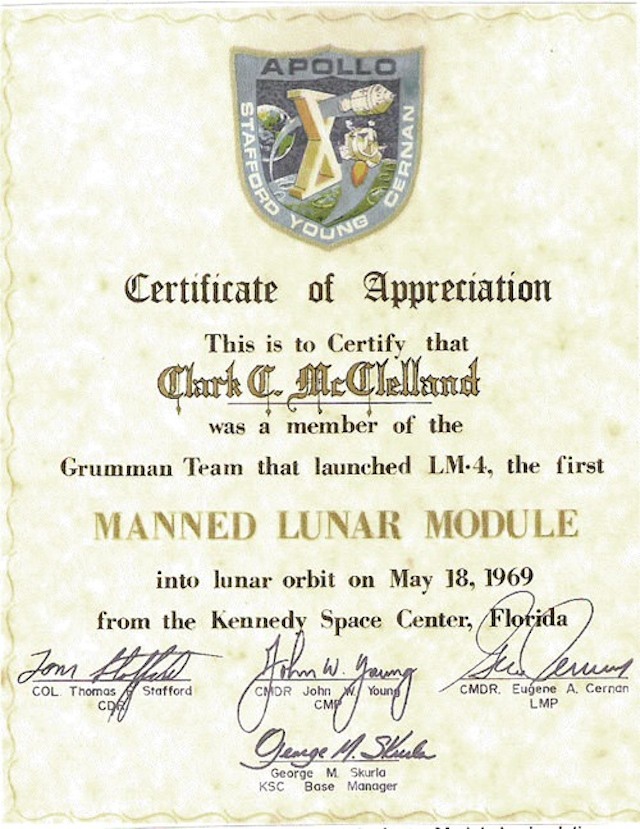
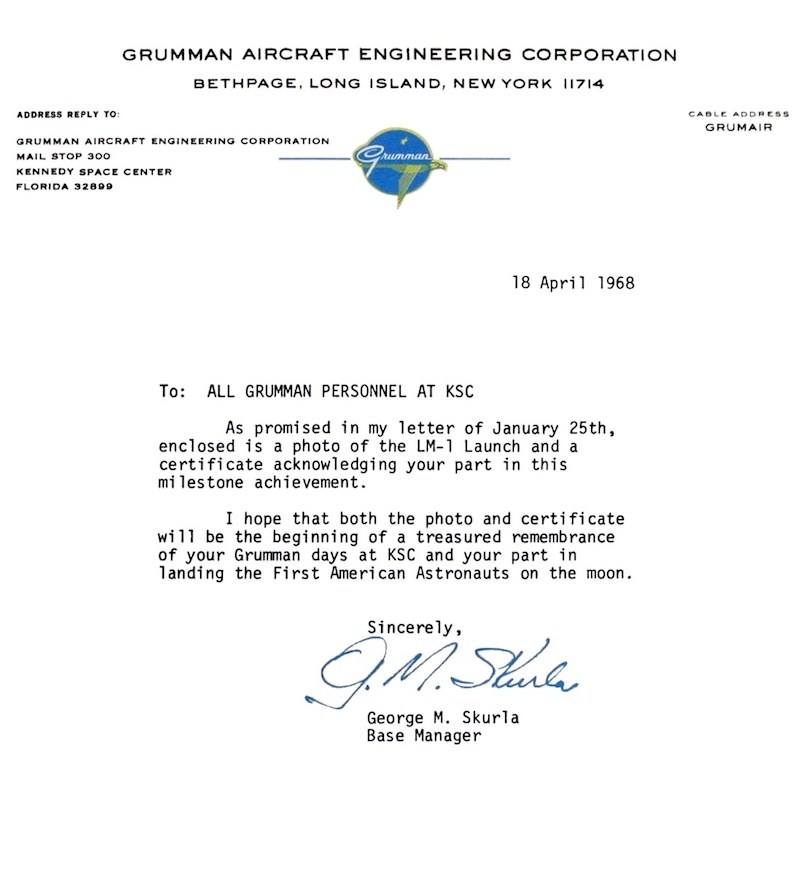
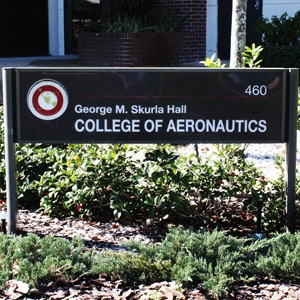
 Milan
Sufflay (1879-1931), was a
brilliant Croatian historian and polyglot of international reputation,
known by his numerous scientific contributions, especially in the field
of albanology. His mother was a German from Hungary, and his father a
Croat. In 1913 and in 1918, in cooperation with Konstantin Jirecek and
Ludwig von Thalloczy, he published two volumes of Acta
Albaniae (Acta
et Diplomata res Albania mediaevalis illustrantia)
in Vienna, in the Latin language. It covers the history of Albania from
344 AD to 1406. His monograph Srbi
i albanci (Serbs and
Albanians), 1925, has been translated into French and English (English
translation from Croatian original by Theresa Alt and
Milan
Sufflay (1879-1931), was a
brilliant Croatian historian and polyglot of international reputation,
known by his numerous scientific contributions, especially in the field
of albanology. His mother was a German from Hungary, and his father a
Croat. In 1913 and in 1918, in cooperation with Konstantin Jirecek and
Ludwig von Thalloczy, he published two volumes of Acta
Albaniae (Acta
et Diplomata res Albania mediaevalis illustrantia)
in Vienna, in the Latin language. It covers the history of Albania from
344 AD to 1406. His monograph Srbi
i albanci (Serbs and
Albanians), 1925, has been translated into French and English (English
translation from Croatian original by Theresa Alt and 